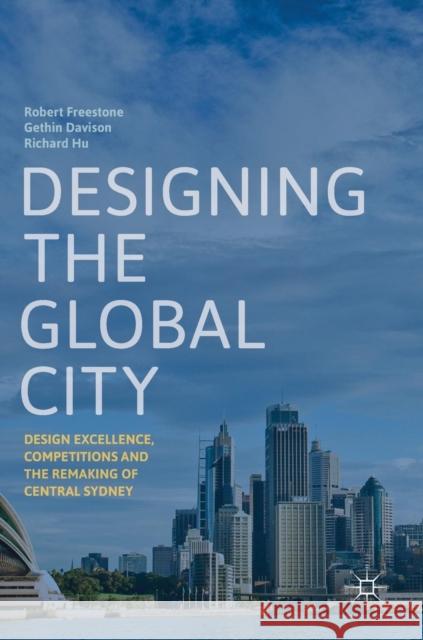Designing the Global City: Design Excellence, Competitions and the Remaking of Central Sydney » książka
topmenu
Designing the Global City: Design Excellence, Competitions and the Remaking of Central Sydney
ISBN-13: 9789811320552 / Angielski / Twarda / 2019 / 353 str.
Designing the Global City: Design Excellence, Competitions and the Remaking of Central Sydney
ISBN-13: 9789811320552 / Angielski / Twarda / 2019 / 353 str.
cena 403,47
(netto: 384,26 VAT: 5%)
Najniższa cena z 30 dni: 385,52
(netto: 384,26 VAT: 5%)
Najniższa cena z 30 dni: 385,52
Termin realizacji zamówienia:
ok. 22 dni roboczych
Dostawa w 2026 r.
ok. 22 dni roboczych
Dostawa w 2026 r.
Darmowa dostawa!
Kategorie:
Kategorie BISAC:
Wydawca:
Palgrave MacMillan
Język:
Angielski
ISBN-13:
9789811320552
Rok wydania:
2019
Wydanie:
2019
Ilość stron:
353
Waga:
0.59 kg
Wymiary:
21.01 x 14.81 x 2.24
Oprawa:
Twarda
Wolumenów:
01
Dodatkowe informacje:
Wydanie ilustrowane











